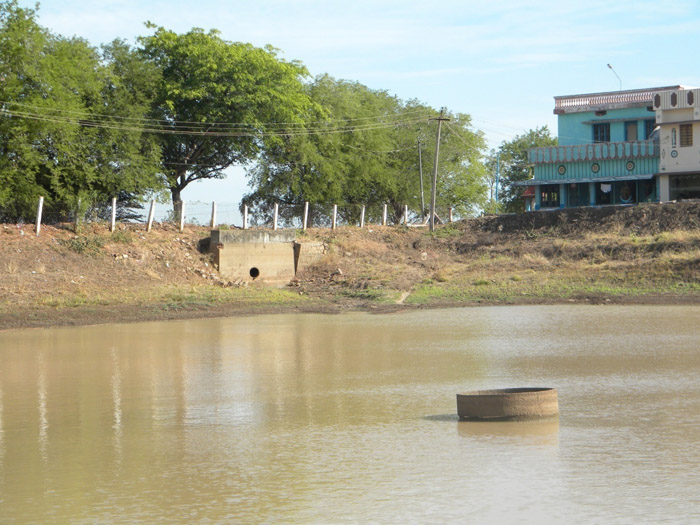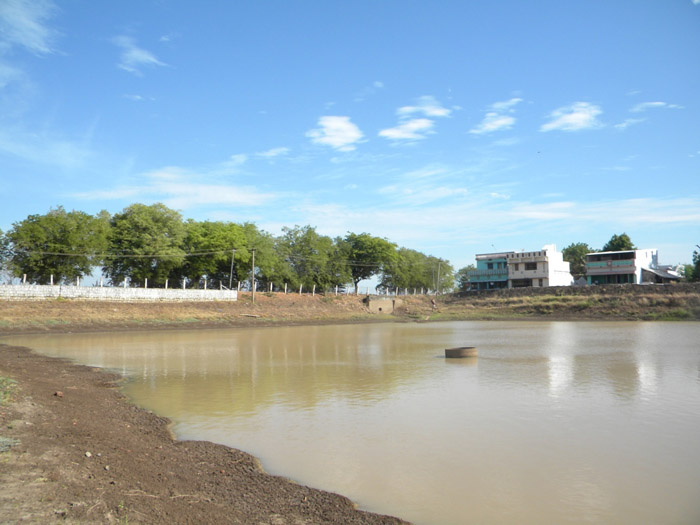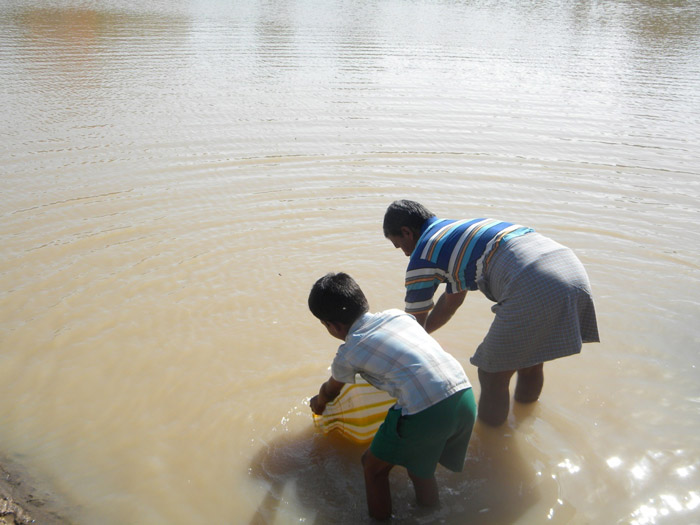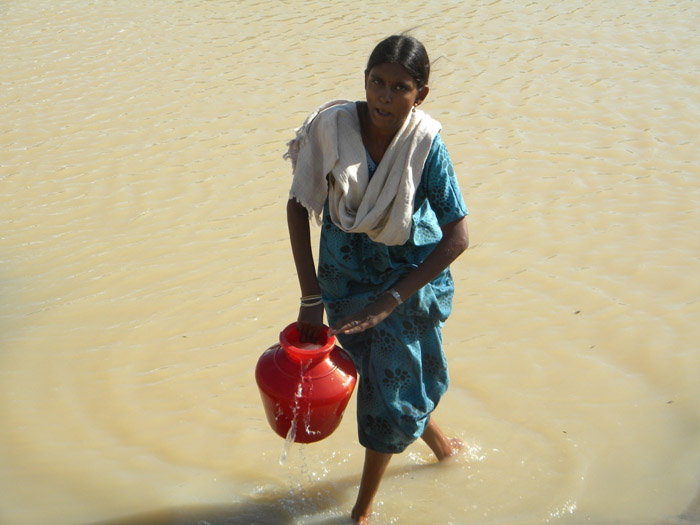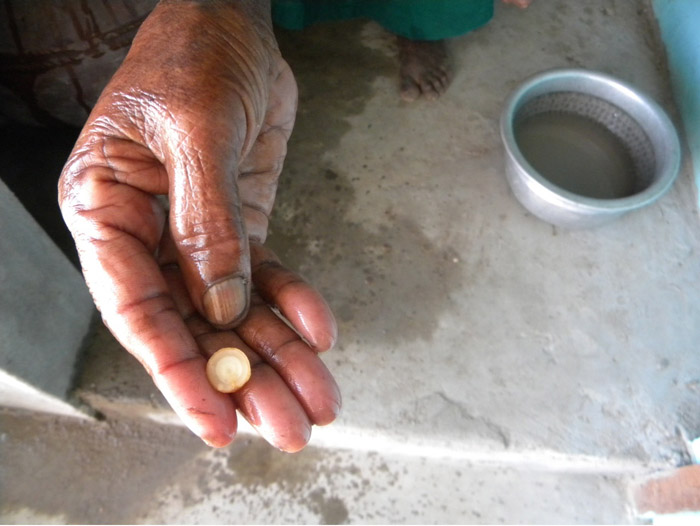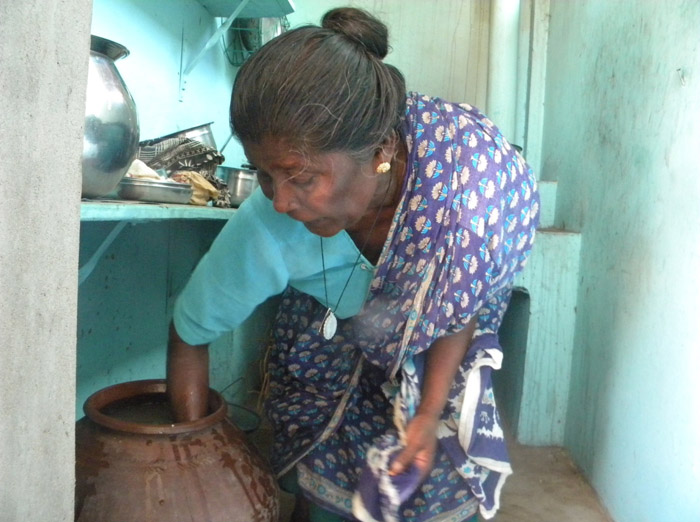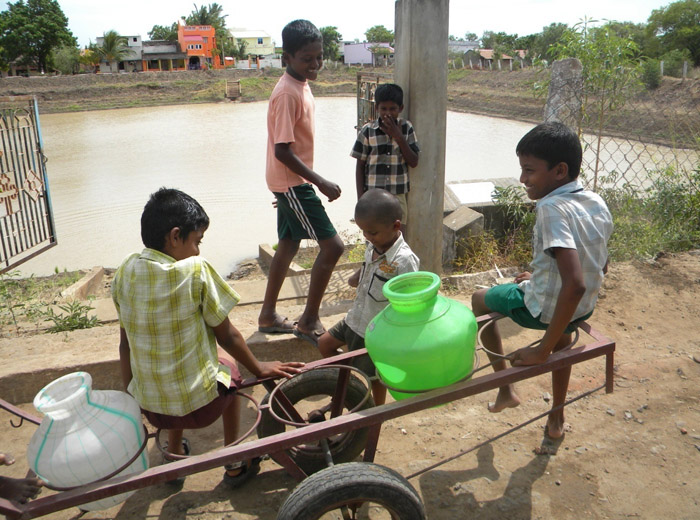Is Your Medication Raising Your Cholesterol?
Taking certain medications may result in some unhealthy side effects. Several drugs, including those for your heart, are thought to actually raise cholesterol levels.
By Diana Rodriguez
Medically Reviewed by Pat F. Bass, III, MD, MPH
More than 102 million Americans have high cholesterol, according to the U.S. Centers for Disease Control and Prevention (CDC), a condition that raises the risk of heart disease to a high level in one-third of the people who have it. Although high cholesterol levels are often due to genetics and an unhealthy diet, lesser-known factors can also raise your cholesterol — including the medications that you take for other conditions.
Side effects of medications are quite common, and often they’re minor, but side effects like an increase in your cholesterol level can be serious. To counter medication-related high cholesterol, your doctor can prescribe an alternative medication to treat the original condition, or add a cholesterol-lowering medication to your treatment regimen.
High Cholesterol: When Medication Is the Culprit
Why certain drugs raise cholesterol levels as a side effect isn't exactly understood. Most of the time, cholesterol level elevation is pretty minimal. But any increase in cholesterol is still a concern, especially for people with risk factors for heart disease, or for those who already have high cholesterol or are taking cholesterol-lowering medication.
The following types of drugs, used to treat a variety of health conditions, may raise cholesterol levels:
Steroids. These drugs, sometimes prescribed for allergies and asthma as well as other conditions, have been known to be associated with modest elevations in triglyceride and total cholesterol levels, says Stanley L. Hazen, MD, PhD, director for the Center for the Cardiovascular Diagnostics and Prevention at the Cleveland Clinic, but it's not clear why. "More often, insulin resistance is observed, helping to cause mild TG [triglyceride] elevation and HDL cholesterol reduction," says Dr. Hazen.
Progestin. This hormone, used in birth control pills, is known to raise “bad” LDL cholesterol and lower “good” HDL cholesterol for reasons that aren't understood, but it doesn't seem to have much effect on increasing a person's risk for cardiovascular disease.
Retinoids. These drugs, often used to treat skin problems like acne, can cause slightly elevated cholesterol levels. They contain vitamin A, known to cause problems with the liver, which produces cholesterol.
Beta blockers. While beta blockers generally do not increase cholesterol levels in most people, they can cause what's known as secondary hyperlipidemia (increased blood fats) in a very small number of individuals, says Hazen.
More often, beta blockers that are used to treat high blood pressure — another risk factor for heart disease — actually raise triglyceride levels (another blood fat). Why beta blockers can raise triglyceride levels in some people isn't understood, and it occurs pretty rarely, according to Hazen.
Diuretics. These drugs are also commonly prescribed to treat high blood pressure. "Only hydrochlorothiazide is associated with potential for secondary hyperlipidemia," says Hazen, and this is also rare. Again, these drugs most often cause elevated triglyceride levels rather than higher total cholesterol, and for unknown reasons.
High Cholesterol: Other Medication Choices
Especially for people taking diuretics or beta blockers to control high blood pressure and reduce heart disease risk, alternative treatments that don't raise cholesterol levels should be found. "It's something we've known for a long time about beta blockers and diuretics,” says Stephen J. Nicholls, MBBS, PhD, clinical director of the Cleveland Clinic Center for Cardiovascular Diagnostics and Prevention.
Patients with high cholesterol and high blood pressure levels would not typically be started on beta blockers or diuretics as the first treatment of choice, says Dr. Nicholls. Instead, a physician might prescribe an ACE (angiotensin-converting enzyme) inhibitor or calcium-channel blocker to treat high blood pressure without raising cholesterol.
If you already have high cholesterol, make sure that all of your doctors know about it, and let them know about any other medications you are already taking before they prescribe a new medication. If you're concerned about developing high cholesterol and your doctor wants to prescribe one of these medications, talk to him about other alternatives to treat your condition.
6 Medications That Can Cause High Triglycerides
https://healthguides.healthgrades.com/article/6-medications-that-can-cause-high-triglycerides

Though they don’t factor in to your total cholesterol level, blood fats called triglycerides still have an impact on your health. Extremely high triglycerides—500 mg/dL or higher—can put you at risk for pancreatitis. This inflammation of the pancreas gland can cause stomach pain, digestive problems, and, eventually, diabetes.
Almost one-third of American adults have high triglycerides. Obesity, family history, excess alcohol consumption, and a sedentary lifestyle often play a role. But certain medications for other health conditions also can influence your triglyceride level. If you take one of these drugs, ask your health care provider how often you should have a lipid panel. This measures your triglycerides and your cholesterol. Always talk with your health care provider before stopping or starting any medication.
1. Blood pressure medicines
High blood pressure also increases your risk for heart disease. If you can’t control your numbers through lifestyle changes, your health care provider may recommend treatment with medications called thiazide diuretics (commonly called “water pills”) or beta-blockers.
2. Corticosteroids
The term may bring to mind athletes and performance-enhancing supplements. But these strong drugs aren’t the same as body-builders’ steroids. In fact, they bear a greater similarity to hormones produced by your body’s adrenal glands. Corticosteriods treat a wide range of health problems, including asthma, arthritis, autoimmune diseases, eczema and other skin conditions, and certain types of cancer.
3. Antipsychotics
Though they were developed to treat schizophrenia, bipolar disorder, and other severe forms of mental illness, health care providers now prescribe these drugs to children and adults for a wide range of psychological complaints. These range from autism and attention deficit hyperactivity disorder (ADHD) to conduct disorder and Tourette’s syndrome.
Newer antipsychotics—including aripiprazole (Abilify), olanzapine (Zyprexa) quetiapine (Seroquel), and risperidone (Risperdal)—may raise triglyceride levels. However, first-generation antipsychotics, such as chlorpromazine (Thorazine) and haloperidol (Haldol), don’t have this effect.
4. Isotretinoin
This potent drug helps treat severe acne that hasn’t responded to other treatments, such as antibiotics. Health care providers also use it to treat other skin conditions and some types of cancer. Because isotretinoin also causes severe birth defects, women who use it must also use two forms of birth control and check in with their health care providers every month.
5. HIV treatments
Drug cocktails known as antiretroviral therapy have transformed HIV from a frequently fatal disease to a chronic condition. Because of the triglyceride-boosting effects of antiretrovirals, people with HIV often must take cholesterol-lowering statins as well. Some studies suggest omega-3 fatty acid supplements may have similar benefits.
6. Estrogen
As women enter menopause, their bodies produce less of the female hormone estrogen. Some choose to take supplemental estrogen to control symptoms like night sweats and hot flashes. Besides raising triglycerides, estrogen has several other serious side effects, including an increased risk for blood clots and strokes. For these reasons, doctors recommend women take hormone therapy at the lowest dose possible for the least amount of time necessary to relieve their symptoms.
Key Takeaways
© 2016 Healthgrades Operating Company, Inc. All rights reserved. May not be reproduced or reprinted without permission from Healthgrades Operating Company, Inc. Use of this information is governed by the Healthgrades User Agreement.
Medical References
Burglund L, Brunzell J, and Sacks F. Patient Guide to the Assessment and Treatment of Hypertriglyceridemia (High Triglycerides). J Clin Endocrinol Metab. 2012 Sep;97(9):31A-32A.
Triglycerides. American Heart Association. http://www.heart.org/HEARTORG/Encyclopedia/Heart-Encyclopedia_UCM_445084_Encyclopedia.jsp?levelSelec...
HIV and Hyperlipidemia. Department of Health and Human Services. AIDSinfo. https://aidsinfo.nih.gov/education-materials/fact-sheets/22/66/hiv-and-hyperlipidemia
Hormones and Menopause. National Institutes of Health. National Institute on Aging. https://www.nia.nih.gov/health/publication/hormones-and-menopause
Olanzapine. MedlinePlus, U.S. National Library of Medicine. https://www.nlm.nih.gov/medlineplus/druginfo/meds/a601213.html
Isotretinoin. MedlinePlus, U.S. National Library of Medicine. https://www.nlm.nih.gov/medlineplus/druginfo/meds/a681043.html
Steroids. MedlinePlus, U.S. National Library of Medicine. https://www.nlm.nih.gov/medlineplus/steroids.html
Antipsychotic Medicines for Children and Teens: A Review of the Research for Parents and Caregivers. Agency for Healthcare Research and Quality. http://www.effectivehealthcare.ahrq.gov/ehc/products/147/1146/anti_psych_ped_cons_fin_to_post.pdf
Taking certain medications may result in some unhealthy side effects. Several drugs, including those for your heart, are thought to actually raise cholesterol levels.
By Diana Rodriguez
Medically Reviewed by Pat F. Bass, III, MD, MPH
More than 102 million Americans have high cholesterol, according to the U.S. Centers for Disease Control and Prevention (CDC), a condition that raises the risk of heart disease to a high level in one-third of the people who have it. Although high cholesterol levels are often due to genetics and an unhealthy diet, lesser-known factors can also raise your cholesterol — including the medications that you take for other conditions.
Side effects of medications are quite common, and often they’re minor, but side effects like an increase in your cholesterol level can be serious. To counter medication-related high cholesterol, your doctor can prescribe an alternative medication to treat the original condition, or add a cholesterol-lowering medication to your treatment regimen.
High Cholesterol: When Medication Is the Culprit
Why certain drugs raise cholesterol levels as a side effect isn't exactly understood. Most of the time, cholesterol level elevation is pretty minimal. But any increase in cholesterol is still a concern, especially for people with risk factors for heart disease, or for those who already have high cholesterol or are taking cholesterol-lowering medication.
The following types of drugs, used to treat a variety of health conditions, may raise cholesterol levels:
Steroids. These drugs, sometimes prescribed for allergies and asthma as well as other conditions, have been known to be associated with modest elevations in triglyceride and total cholesterol levels, says Stanley L. Hazen, MD, PhD, director for the Center for the Cardiovascular Diagnostics and Prevention at the Cleveland Clinic, but it's not clear why. "More often, insulin resistance is observed, helping to cause mild TG [triglyceride] elevation and HDL cholesterol reduction," says Dr. Hazen.
Progestin. This hormone, used in birth control pills, is known to raise “bad” LDL cholesterol and lower “good” HDL cholesterol for reasons that aren't understood, but it doesn't seem to have much effect on increasing a person's risk for cardiovascular disease.
Retinoids. These drugs, often used to treat skin problems like acne, can cause slightly elevated cholesterol levels. They contain vitamin A, known to cause problems with the liver, which produces cholesterol.
Beta blockers. While beta blockers generally do not increase cholesterol levels in most people, they can cause what's known as secondary hyperlipidemia (increased blood fats) in a very small number of individuals, says Hazen.
More often, beta blockers that are used to treat high blood pressure — another risk factor for heart disease — actually raise triglyceride levels (another blood fat). Why beta blockers can raise triglyceride levels in some people isn't understood, and it occurs pretty rarely, according to Hazen.
Diuretics. These drugs are also commonly prescribed to treat high blood pressure. "Only hydrochlorothiazide is associated with potential for secondary hyperlipidemia," says Hazen, and this is also rare. Again, these drugs most often cause elevated triglyceride levels rather than higher total cholesterol, and for unknown reasons.
High Cholesterol: Other Medication Choices
Especially for people taking diuretics or beta blockers to control high blood pressure and reduce heart disease risk, alternative treatments that don't raise cholesterol levels should be found. "It's something we've known for a long time about beta blockers and diuretics,” says Stephen J. Nicholls, MBBS, PhD, clinical director of the Cleveland Clinic Center for Cardiovascular Diagnostics and Prevention.
Patients with high cholesterol and high blood pressure levels would not typically be started on beta blockers or diuretics as the first treatment of choice, says Dr. Nicholls. Instead, a physician might prescribe an ACE (angiotensin-converting enzyme) inhibitor or calcium-channel blocker to treat high blood pressure without raising cholesterol.
If you already have high cholesterol, make sure that all of your doctors know about it, and let them know about any other medications you are already taking before they prescribe a new medication. If you're concerned about developing high cholesterol and your doctor wants to prescribe one of these medications, talk to him about other alternatives to treat your condition.
6 Medications That Can Cause High Triglycerides
https://healthguides.healthgrades.com/article/6-medications-that-can-cause-high-triglycerides

Though they don’t factor in to your total cholesterol level, blood fats called triglycerides still have an impact on your health. Extremely high triglycerides—500 mg/dL or higher—can put you at risk for pancreatitis. This inflammation of the pancreas gland can cause stomach pain, digestive problems, and, eventually, diabetes.
Almost one-third of American adults have high triglycerides. Obesity, family history, excess alcohol consumption, and a sedentary lifestyle often play a role. But certain medications for other health conditions also can influence your triglyceride level. If you take one of these drugs, ask your health care provider how often you should have a lipid panel. This measures your triglycerides and your cholesterol. Always talk with your health care provider before stopping or starting any medication.
1. Blood pressure medicines
High blood pressure also increases your risk for heart disease. If you can’t control your numbers through lifestyle changes, your health care provider may recommend treatment with medications called thiazide diuretics (commonly called “water pills”) or beta-blockers.
2. Corticosteroids
The term may bring to mind athletes and performance-enhancing supplements. But these strong drugs aren’t the same as body-builders’ steroids. In fact, they bear a greater similarity to hormones produced by your body’s adrenal glands. Corticosteriods treat a wide range of health problems, including asthma, arthritis, autoimmune diseases, eczema and other skin conditions, and certain types of cancer.
3. Antipsychotics
Though they were developed to treat schizophrenia, bipolar disorder, and other severe forms of mental illness, health care providers now prescribe these drugs to children and adults for a wide range of psychological complaints. These range from autism and attention deficit hyperactivity disorder (ADHD) to conduct disorder and Tourette’s syndrome.
Newer antipsychotics—including aripiprazole (Abilify), olanzapine (Zyprexa) quetiapine (Seroquel), and risperidone (Risperdal)—may raise triglyceride levels. However, first-generation antipsychotics, such as chlorpromazine (Thorazine) and haloperidol (Haldol), don’t have this effect.
4. Isotretinoin
This potent drug helps treat severe acne that hasn’t responded to other treatments, such as antibiotics. Health care providers also use it to treat other skin conditions and some types of cancer. Because isotretinoin also causes severe birth defects, women who use it must also use two forms of birth control and check in with their health care providers every month.
5. HIV treatments
Drug cocktails known as antiretroviral therapy have transformed HIV from a frequently fatal disease to a chronic condition. Because of the triglyceride-boosting effects of antiretrovirals, people with HIV often must take cholesterol-lowering statins as well. Some studies suggest omega-3 fatty acid supplements may have similar benefits.
6. Estrogen
As women enter menopause, their bodies produce less of the female hormone estrogen. Some choose to take supplemental estrogen to control symptoms like night sweats and hot flashes. Besides raising triglycerides, estrogen has several other serious side effects, including an increased risk for blood clots and strokes. For these reasons, doctors recommend women take hormone therapy at the lowest dose possible for the least amount of time necessary to relieve their symptoms.
Key Takeaways
- Almost one-third of American adults have high triglycerides, which can be harmful to your health.
- Certain medications can influence your triglyceride levels. These include some blood pressure medicines, corticosteroids, antipsychotics, isotretinoin, HIV treatments, and estrogen.
- Always talk with your health care provider before starting or stopping any medications.
© 2016 Healthgrades Operating Company, Inc. All rights reserved. May not be reproduced or reprinted without permission from Healthgrades Operating Company, Inc. Use of this information is governed by the Healthgrades User Agreement.
Medical References
Burglund L, Brunzell J, and Sacks F. Patient Guide to the Assessment and Treatment of Hypertriglyceridemia (High Triglycerides). J Clin Endocrinol Metab. 2012 Sep;97(9):31A-32A.
Triglycerides. American Heart Association. http://www.heart.org/HEARTORG/Encyclopedia/Heart-Encyclopedia_UCM_445084_Encyclopedia.jsp?levelSelec...
HIV and Hyperlipidemia. Department of Health and Human Services. AIDSinfo. https://aidsinfo.nih.gov/education-materials/fact-sheets/22/66/hiv-and-hyperlipidemia
Hormones and Menopause. National Institutes of Health. National Institute on Aging. https://www.nia.nih.gov/health/publication/hormones-and-menopause
Olanzapine. MedlinePlus, U.S. National Library of Medicine. https://www.nlm.nih.gov/medlineplus/druginfo/meds/a601213.html
Isotretinoin. MedlinePlus, U.S. National Library of Medicine. https://www.nlm.nih.gov/medlineplus/druginfo/meds/a681043.html
Steroids. MedlinePlus, U.S. National Library of Medicine. https://www.nlm.nih.gov/medlineplus/steroids.html
Antipsychotic Medicines for Children and Teens: A Review of the Research for Parents and Caregivers. Agency for Healthcare Research and Quality. http://www.effectivehealthcare.ahrq.gov/ehc/products/147/1146/anti_psych_ped_cons_fin_to_post.pdf












